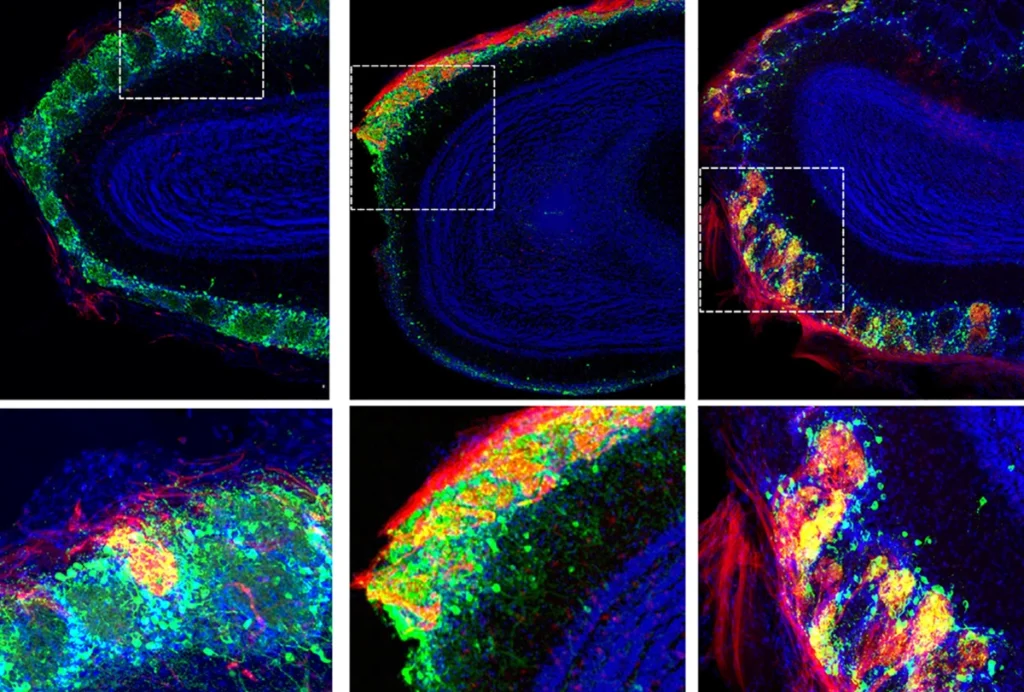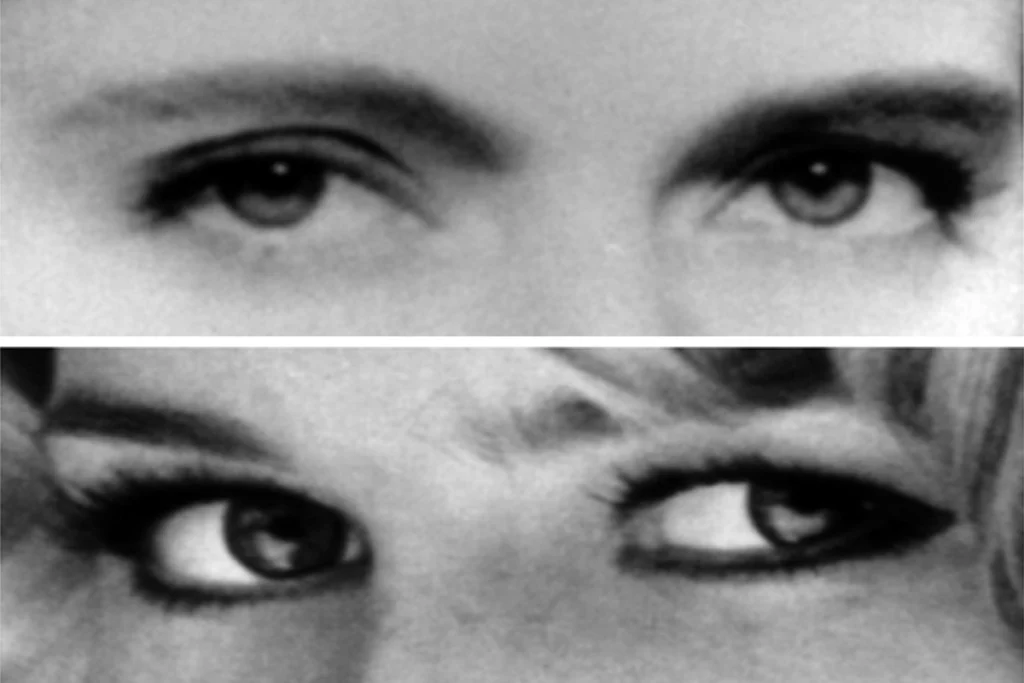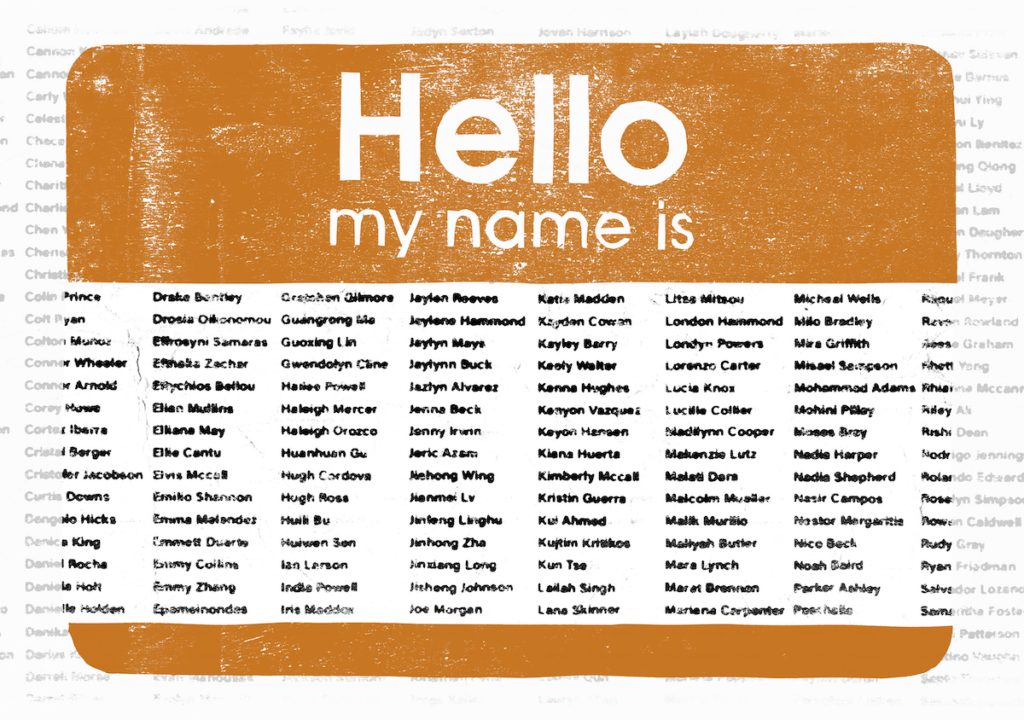Fake autism claim; knocking out anesthesia; haunting milestone and more
Despite social media rumors, a British children’s television show does not cause autism; childhood anesthesia is not tied to autism risk; and an adult on the spectrum reaches a haunting milestone
- The television show “Peppa Pig” has nothing to do with autism, despite claims making the rounds on social media. Researchers have sought in vain for the “Harvard study” purported to have found that the British children’s program “causes autism,” The Washington Post reported 19 February.
Researchers found only one thing that even hinted at an association between autism and television viewing: an old study that reported a “vague link” among autism, watching cable television and precipitation rates in the 1970s and 1980s. It was not performed at Harvard, the Post reported.
- Investigators evaluating associations of early general anesthesia exposure and neurodevelopmental disorders report no link to autism. Publishing 21 February in The Journal of Child Psychology and Psychiatry, the researchers report finding only a “slight” association of anesthesia and attention deficit-hyperactivity disorder in their comparison of twins who had and had not undergone anesthesia.
- Sarah Kurchak, an adult with autism, writes 19 February in Vox about meeting a haunting milestone: turning 36 years old. That is the average age of death among adults on the spectrum, according to one study. She says that reaching this point has made her acutely aware of how tired she is of trying to control her authentic self around neurotypical people.
Kurchak writes that the coping mechanisms she has used her whole life to avoid being bullied or perceived as annoying “are not great for managing a remotely healthy life.” As she gets older, she writes, “the effort it takes to fit in is increasingly exhausting.”
- The Purkinje cells of the cerebellum, the brain’s hub for motor coordination, could be important to understanding autism, tuberous sclerosis and their shared features. Researchers publishing 15 February in Molecular Psychiatry have coaxed stem cells from people with tuberous sclerosis into becoming Purkinje cells. Using these cells, the investigators pinpointed several Purkinje cell pathways relevant to autism, including one associated with fragile X syndrome, another autism-linked condition.
- Children on the spectrum who are under propofol sedation for magnetic resonance imaging fare pretty well, according to findings published 14 February in the Journal of Child Neurology. They experience no increase in adverse events compared with typical children, but about 10 percent need a team of four or more people to complete the sedation.
- Researchers using plasma and urine samples from children say that levels of damaged proteins in the fluids can distinguish children with and without autism — but many experts are unconvinced . Their results applying these biomarkers in a diagnostic algorithm appeared 19 February in Molecular Autism. They report that their approach yields “improved diagnostic performance” compared with current tools.
Although many news outlets hailed the reported findings as some kind of breakthrough, critics call for caution. The UK’s National Health Service summarized these critiques in a 19 February post on its website, saying that there is no way to know “from this single, small study” whether or not the proposed method is “accurate enough or that it could improve upon existing methods” for autism diagnosis.
- A font developed by and for journalists looks like a good option for scientists needing to distill data into eye-catching visuals. ProPublica released the free Wee People font, a collection of tiny human silhouettes that can be used in place of boring old dots in data visualizations. The font’s creators discussed their work 2 February on Source.
- A reorganization of Tricare, the healthcare benefits provider for U.S. military service members and their families, has left some autism therapies unsupported. Because of delays in provider payments related to the reorganization, clinics around the United States have put families on notice that their autism therapy programs are on hold, the Stars and Stripes reported 16 February.
- Prenatal valproate exposure is among the handful of environmental factors showing a consistent association with autism. Researchers have now reported impaired school performance among children exposed to this epilepsy drug in utero, providing further evidence of the drug’s neurodevelopmental effects. The findings were published 19 February in JAMA Neurology.
- In the world of artificial intelligence, deep-learning algorithms may be the most difficult concept to grasp. Machines take huge datasets, such as genomic data, and search for predictive patterns. But their results are only as good as the datasets and their annotations, Nature reported 20 February.
The attraction of deep-learning algorithms lies in part in their versatility in managing chaotic biological information. Imaging and genomic data are a “natural fit” for these methods, Nature reported. The algorithms also have potential for drug discovery: They might tease out the best subgroups of people with a condition to better target treatments.
- Autism researcher Vanessa Hus Bal has been appointed the Karmazin and Lillard Chair in Adult Autism at Rutgers in New Jersey, the university said 18 February in a statement. She comes to Rutgers’ Graduate School of Applied and Professional Psychology from the Weill Institute for Neurosciences at the University of California, San Francisco.
- Do you have a new paper coming out? Are you making a career move? Did you see a study or news story that you want to share? Send your news tips to [email protected].
Explore more from The Transmitter

Rat neurons thrive in a mouse brain world, testing ‘nature versus nurture’

